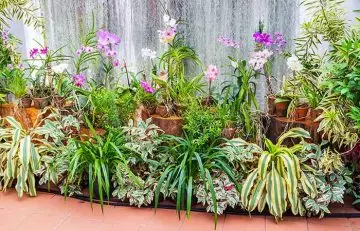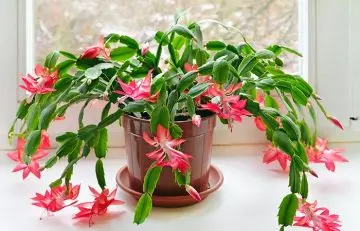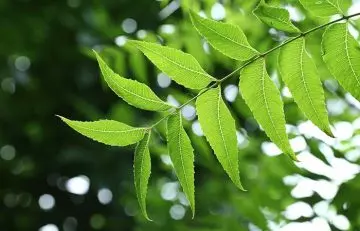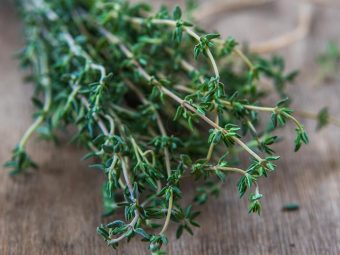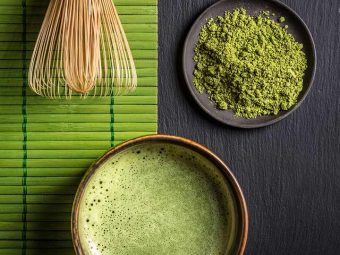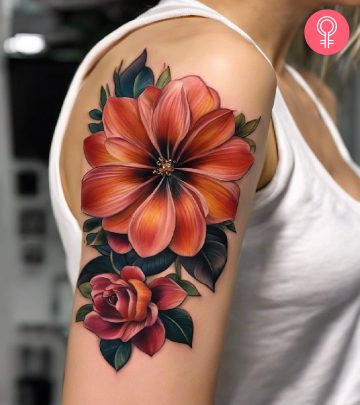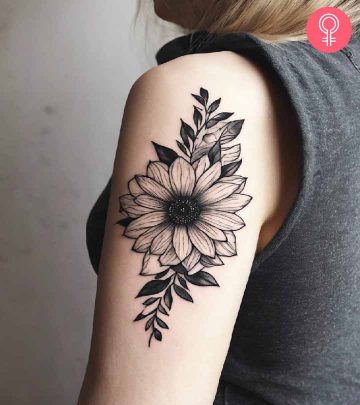7 Plants That Give Out Oxygen Even In The Night
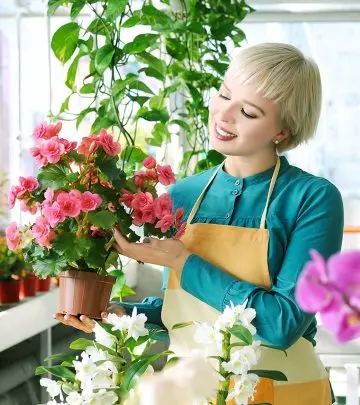
Image: iStock.com
What do plants do at night? Did you ever think about that? I did, for some reason. And this is what they do. They basically breathe (respiration) like humans and use the glucose that they have manufactured with the help of sunlight in the morning for their growth. Of course, like for all rules, there’s an exception to this one too. Some plants continue to release oxygen even in the night. These plants tend to emit relatively higher amounts of oxygen and are completely safe to be grown indoors. They not only improve the quality of the indoor air but also help in boosting your mood and are a boon for your health, in general. Wondering which plants? Read on to know more.
1. Tulsi
here’s a host of reasons why most Indians have Tulsi plants in their houses. To add to them is its oxygen emitting capacity. Tulsi has the capability of releasing oxygen for about 20 hours a day. It absorbs harmful substances inside houses and garages that are emitted as a result of activities like smoking or from car exhaust. Precisely, the oxygen that the plant releases help in removing excessive carbon monoxide and reduces pollution, both indoor and outdoor.
2. Orchids
Orchids make lovely housewarming gifts. The reason most people prefer having orchids when they move into a newly built house is that these plants absorb a hazardous substance called xylene which is often released by paints and glues. Orchids can be effortlessly grown as they don’t even need frequent watering. Plus, it doesn’t require direct bright light. Filtered light is more than enough for this dainty, expensive plant to survive and bloom. So apart from giving out oxygen in the night, they also combat the toxins inside the house.
3. Peepal Tree
Ficus religiosa—quite like its scientific name suggests Peepal is best known for its religious significance. Finding a huge Peepal tree in and around temple premises in India is a very common sight. However, you might encounter two issues while growing this tree at home. One, this plant needs a lot of surface area for the roots to spread which means growing it in a pot might become tricky. Two, some people suggest not to grow them at home for spiritual and vastu-related reasons. Nonetheless, if the amount of oxygen it emits is your core interest, you can go for it. Though it gets tricky, Peepal can make a wonderful bonsai to have indoors.
4. Aloe Vera
The Egyptians called the Aloe plant as the “Plant of Immortality.” Once you start listing out the various uses of Aloe, it gets overwhelming and more importantly gets obvious as to why it is called so. However, having an Aloe plant at home will help rid your house of the Volatile Organic Compounds (VOCs) like formaldehyde, xylene, toluene and the like. These compounds are released from different sources like synthetic fibers, glues, and carpets and end up creating a wreck in your wellbeing even without your awareness. Just planting the Aloe plant in a pot and keeping it on the window sill will do a whole lot of good to you and your family.
5. Christmas Cactus
Indoor plants primarily serve the purpose of absorbing toxins in the house. However, plants that we are talking about today serve an additional purpose of giving out oxygen all night long. Different varieties of Cacti including Christmas Cactus emit oxygen even throughout the night which makes it a perfect indoor plant. This plant survives even low to moderate light conditions which makes it easy for you to grow in your house even when there isn’t too much light entering. Nonetheless, see to it that you water the plant frequently, particularly in Spring which is its major growth phase, and see to it that the soil in the pot is moist most of the times. Do not soak the roots in water, though. That would rot the roots. Make sure you expose it to brighter light when it is the season for it to bloom.
6. Snake Plant
As if the name Snake Plant wasn’t enough, this one has a nickname too – mother-in-law’s tongue! I wonder who thought of that. Ironically, with all those names suggesting a negative-ish connotation, it actually is a harmless and docile plant that is constantly releasing oxygen even in the night. Apart from releasing oxygen, it also has the capacity of removing excessive formaldehyde in your home by absorbing it all. The amount of oxygen it emits actually can make you survive in a completely air sealed room if there are around 10 Snake Plants in your room. Isn’t that shocking? However, the number of the plants will vary depending on how many people live in that house and how many hours you spend indoors. All said and done, that’s still a lot of oxygen produced by a potted indoor plant.
7. Neem Tree
Generally, plants release oxygen when there is photosynthesis taking place. And for that they require light. However, some plants, as an exception, give out oxygen even during the night when there’s no light. This occurs in some plants in which a specific kind of photosynthesis called the CAM (Crassulacean Acid Metabolism) occurs. In these kinds of plants, oxygen is released even in the night. Neem is another such tree and hence is an ideal tree to be grown at home. You should understand the fact that growing a Neem Tree in a pot means you cannot expect its full growth as it would otherwise grow on the ground. Make sure you place the pot where there is a lot of bright sunlight reaching the plant and also keep watering the plant now and then to keep the soil moist. But allow the soil to get dry before you water it again.
Growing plants and taking care of them sound quite like a task but isn’t is worth your while? Each plant is different and so are their needs. If you get the hang of what they need, then you can enjoy the endless benefits of these plants which go over to the extent of releasing oxygen all day all night long and also keep your home toxin-free. When are you planting one of these? Do you have any of these at home already? Write back to me in the comments section below.


